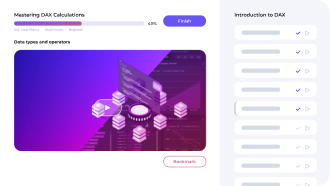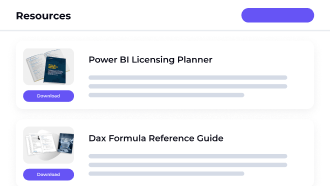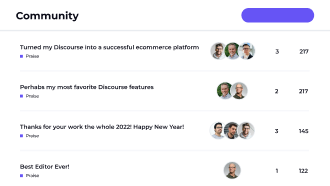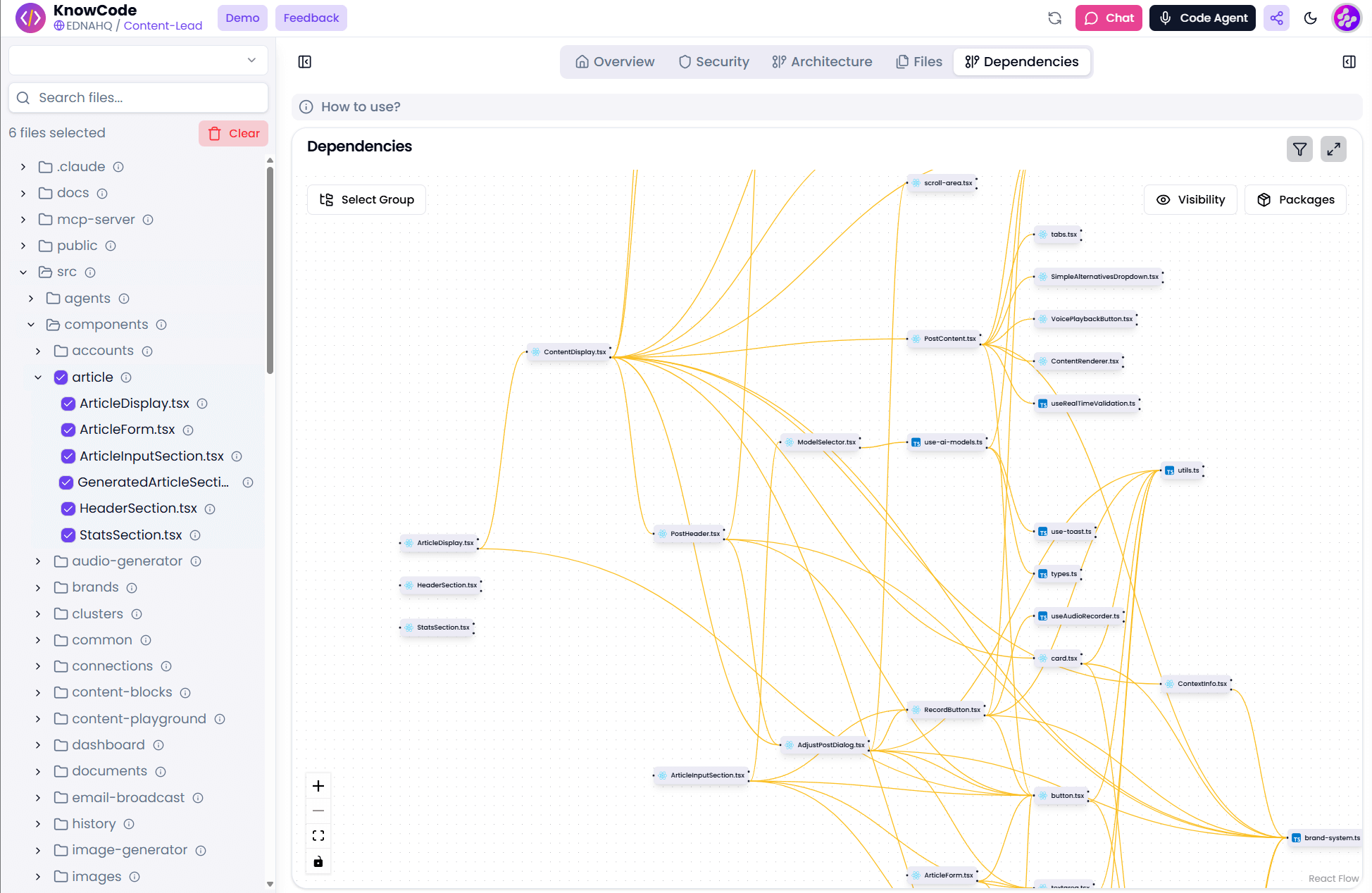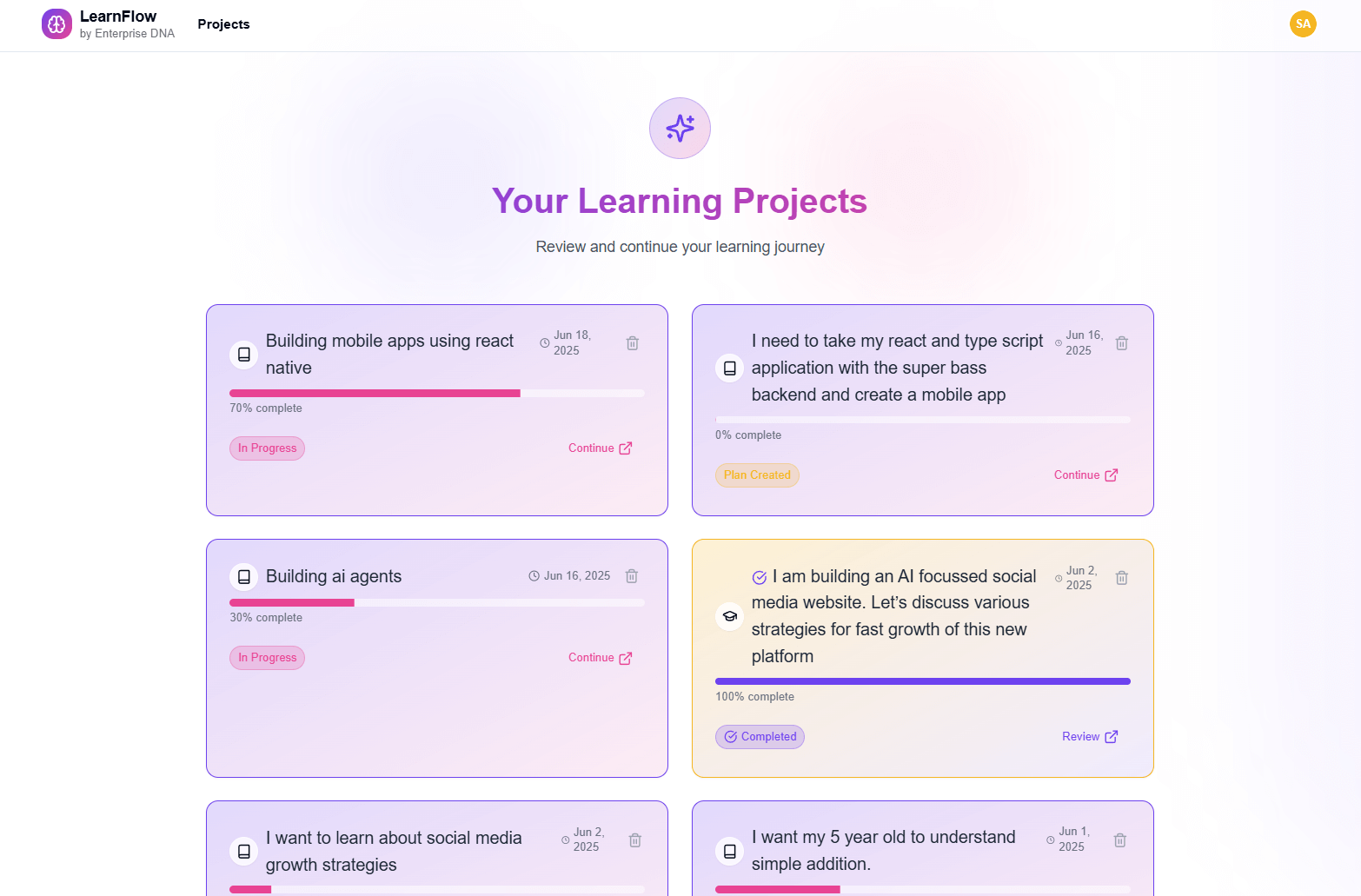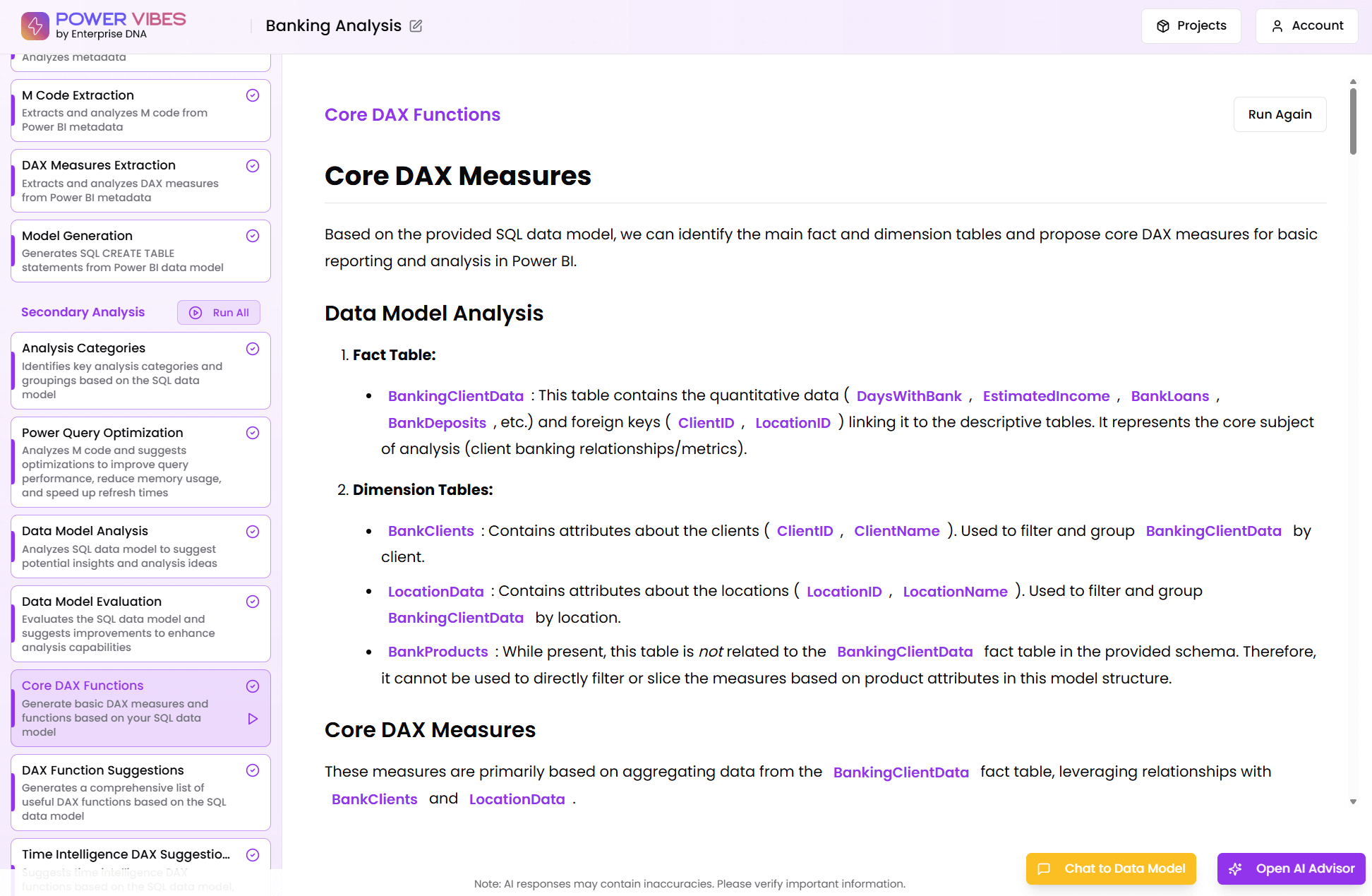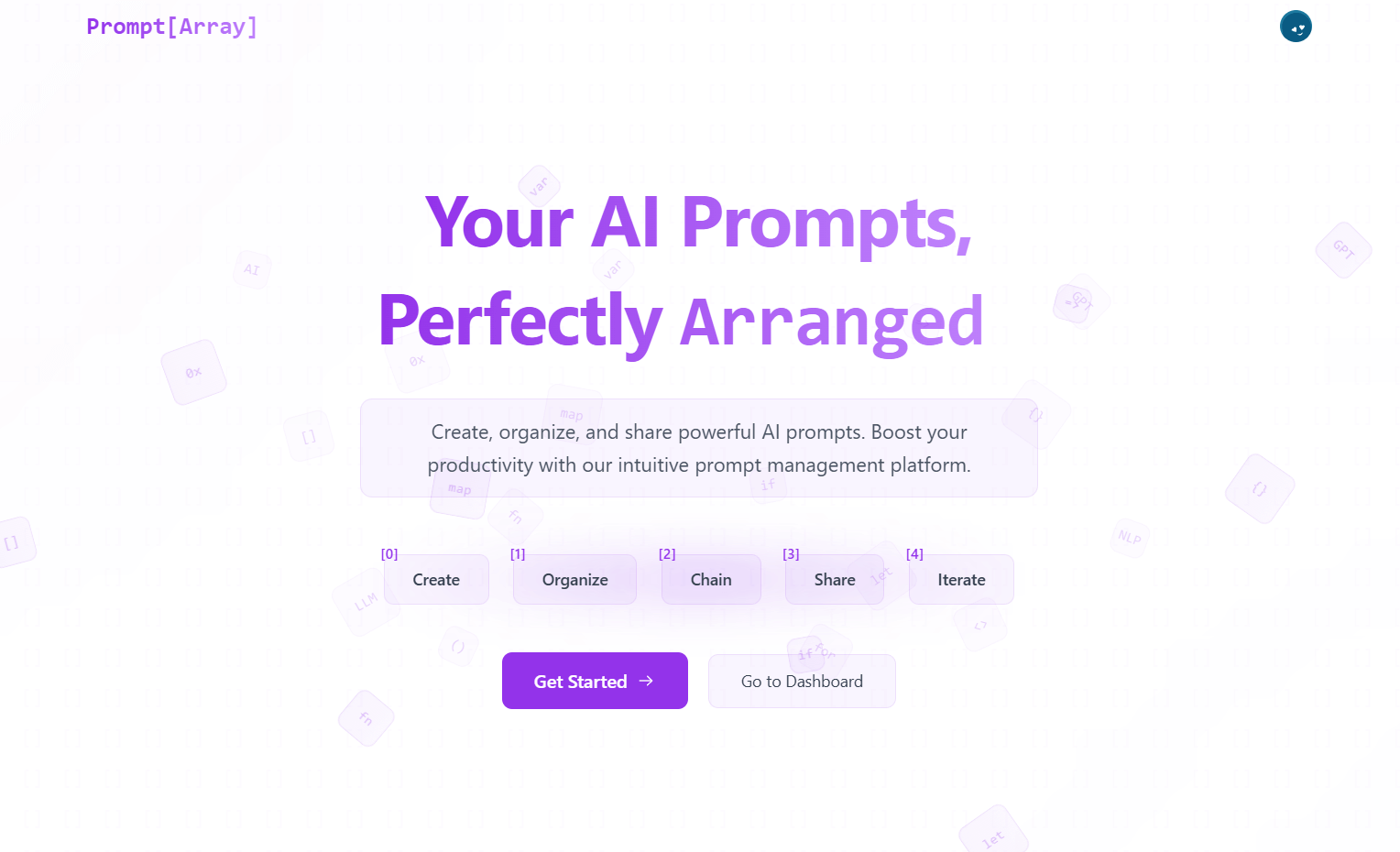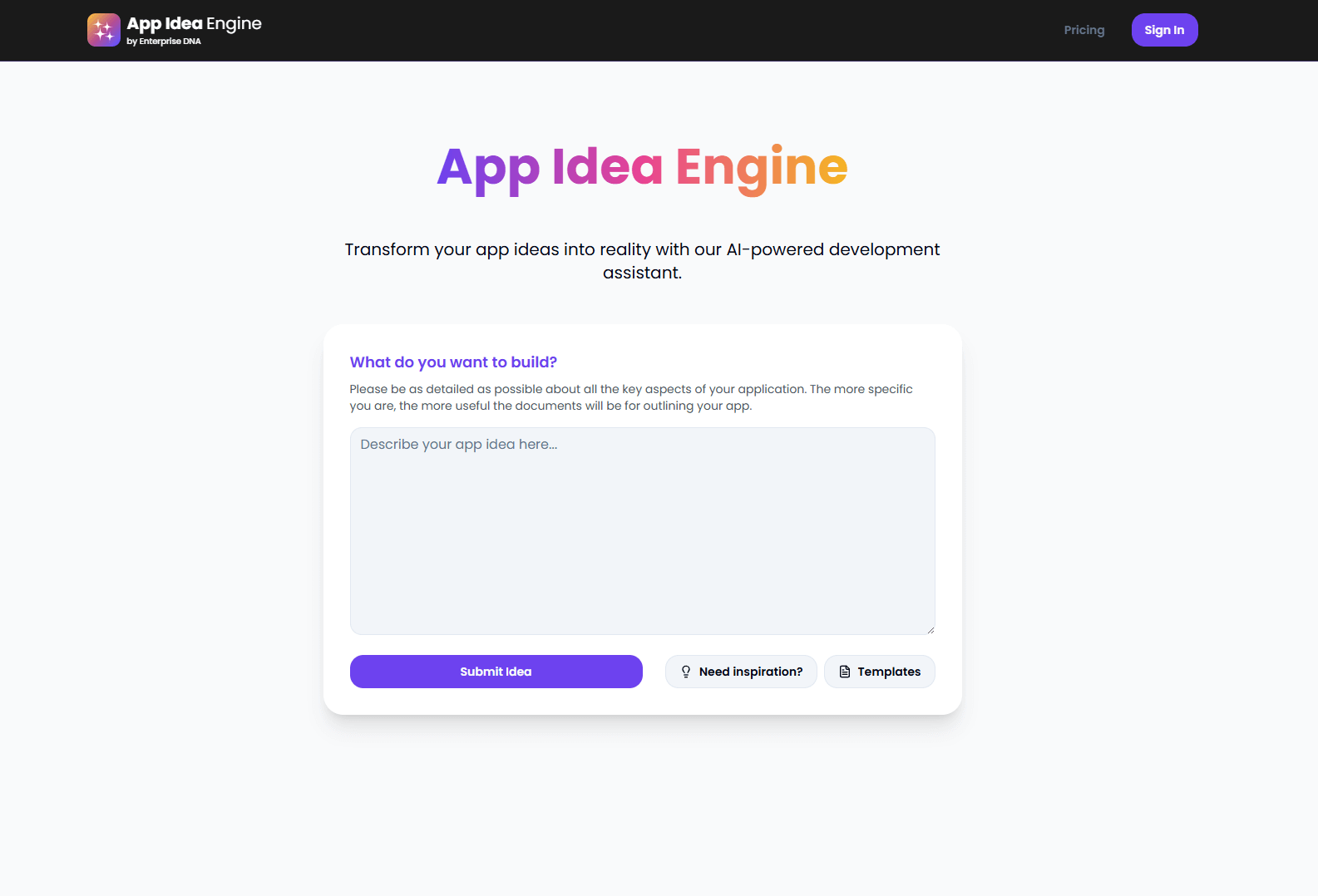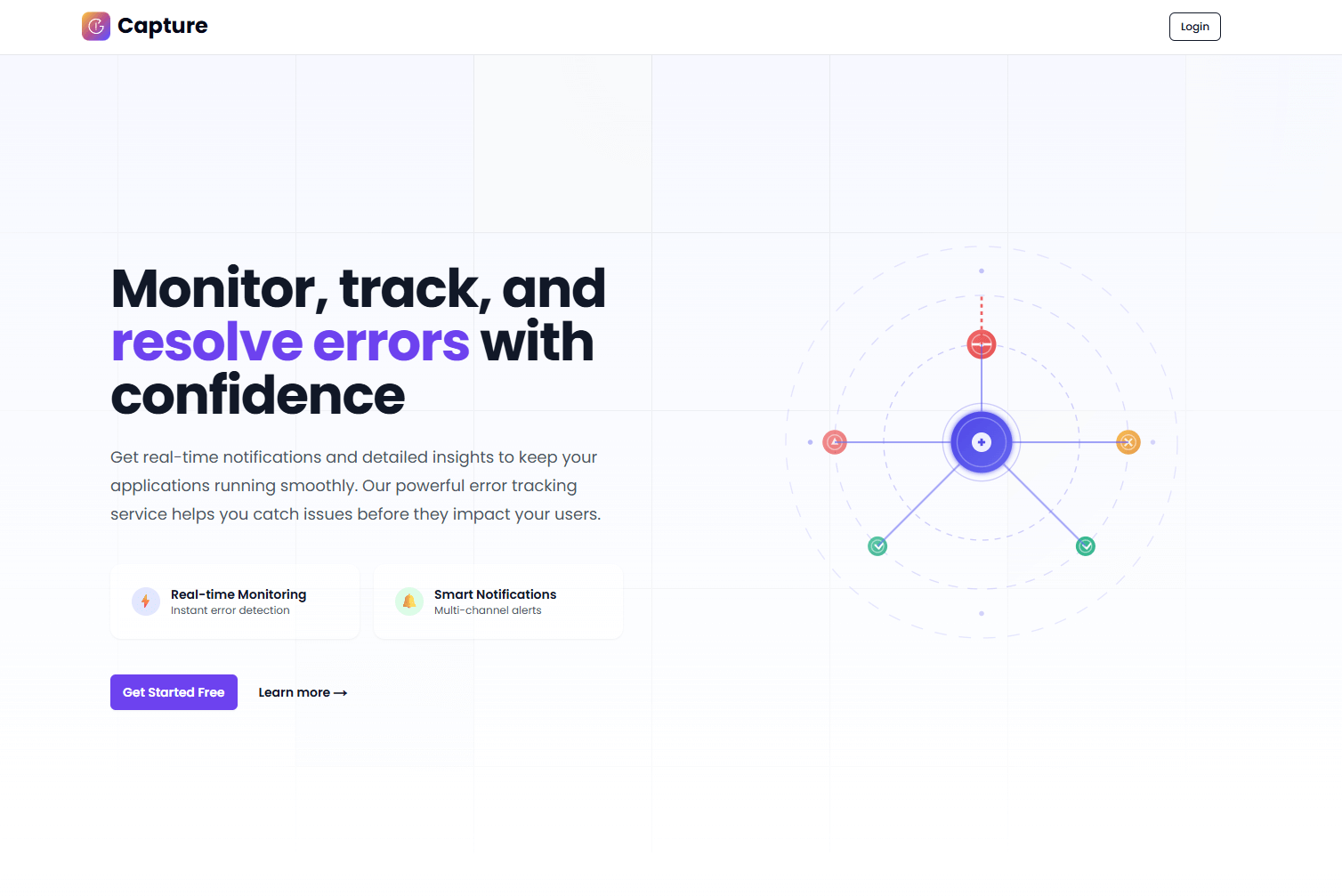Strategies For Building Challenge Entries

What You’ll Learn From This Episode
- The chance to have your work showcased across the Enterprise DNA network
- Receive personalized feedback around your development
- Learn from peers and experts in the industry.
- Try to ask questions and get answers from the business users
- Ask for the minimum amount of data and remove the majority of data you’re not going to use
- Use the Analyst Hub andcustomiseJSON files
- Visualize and decide what kind of story you want to tell
- I’d like to see where the data leads me. Colors and themes will come out after I figure out the data
- Seek out a subject matter expert. For me, it is about finding the intersection between what I can say that’s interesting about the data and what I can teach myself in the course of doing it
- It is all about finding an angle that is interesting and that speaks to people.
- Just get started and start digging into the data until things become easier
- Wireframing and sketching out what the pages look like helps
- Once my data model is good, I make sure everything is cleaned up and I make measures for everything I’ve hidden
- The most important thing is to get started, to keep things simple, and to use the native visuals. Beginners can be put off by a bright and shiny post. We’re all at different levels, so just put something together and show us what you’ve got
- Use the entries from the past challenges and dissect them, and then use your own spin on it
- There is no need to reinvent the wheel, just use the past entries and adapt it for your own purposes
- It doesn’t matter where you start. Pick a place that suits your learning curve. If you’re not comfortable with the challenges, there are other things you can do like the Accelerator
- If I wake up the next day and I’m still happy with the report, I’ll be ready to submit it
- Once I start second-guessing what I’ve done, then I know I should wrap things up
- I refer to the unwanted house guest threshold. Once I start asking “Why are you still here?” or “When are you going to leave,”that’sthe time I submit
About The Show
The Analytic Mind is your guide to navigating the evolving frontier of data, AI, & intelligent business.
Hosted by Sam McKay, CEO of EnterpriseDNA, this show dives into real-world use cases, technical strategies, and the mental models behind smart decision-making.
Each episode challenges you to move beyond tools to think critically, act strategically, and build with impact.
Whether you're refining your analytics skills or shaping your organization's data vision, this is where insight meets execution.
Stay sharp. Stay ahead. Think like an analytic mind.

